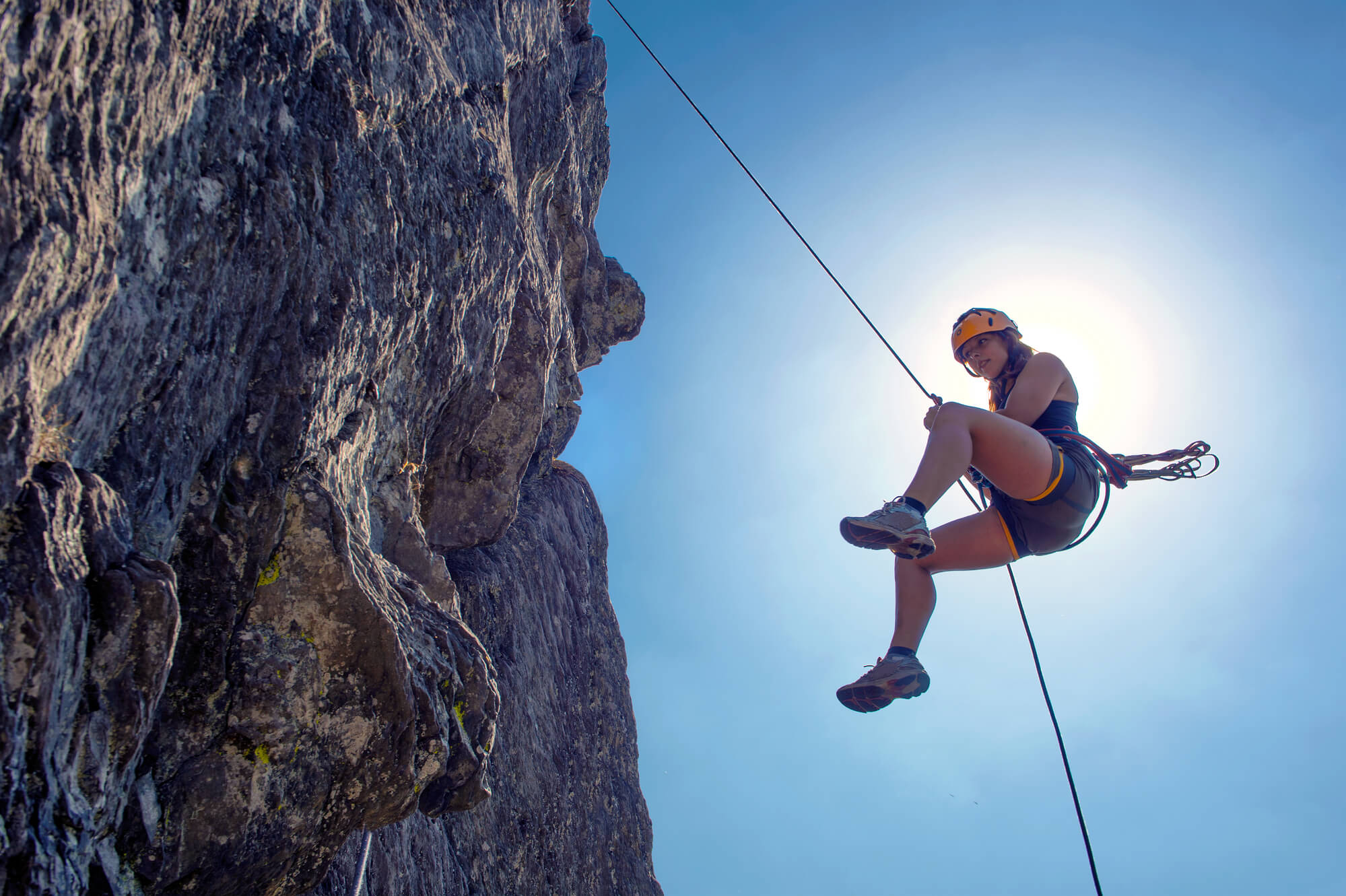
How to Fall? Tips for Practicing Extreme Sports
Discover the art of controlled falling in extreme sports. Learn the physics of impact and prepare your mind and body for challenges. Access now and elevate your training!
In extreme sports, excitement and adrenaline are constants. But with high doses of adventure come the risk of falls and impacts. Many athletes focus on improving their skills but overlook the importance of learning the art of falling correctly. Learning how to protect yourself during a fall can be as crucial as any other skill in extreme sports.
The impact is not only physical but also mental. Getting ready to face these challenges requires more than just strong muscles. It requires a clear, focused, and resilient mind, ready to confront challenges and adapt to adversities.
Whether you’re an extreme sports enthusiast or just beginning your journey, this guide is essential. Here, we delve into the nuances of falling correctly, the physics of impact, and how to prepare your mind and body to face the inevitable challenges that will arise.
Art of Controlled Falling: Understanding the Physics of Impact
When practicing extreme sports, there will inevitably be moments when we encounter the ground abruptly. The trick is not to avoid falls – they are an inherent part of learning and experience – but rather to learn how to fall the right way. Mastering the art of controlled falling can make the difference between a serious injury and a quick recovery.
Gravitational Force and Momentum
Gravity is the force that attracts all objects toward the center of the Earth. When we fall, this force determines the speed and strength of the impact. Momentum is the product of an object’s mass and velocity. Simply put, the faster you are falling and the heavier you are, the greater the momentum and thus the stronger the impact.
Force Distribution
When falling, it’s crucial to understand how to distribute this force. Experienced athletes, such as judokas for instance, learn to roll when they fall, using the technique to disperse the energy of the fall over a larger area and thus reduce the force of impact on any specific point.
Controlling the Body
Being able to control your body in the air is an essential skill. This involves:
Spatial Awareness
Knowing where your body is in space and how it’s moving.
Flexibility
Allows you to adjust your posture quickly.
Core Strength
Maintaining a strong central position can help you control your limbs and direct your fall.
Impact Preparation
As soon as you realize that a fall is inevitable:
- Try to relax. Tense muscles are more prone to injuries.
- Protect your head. If falling backward, try to roll to the side.
- If possible, try to roll when you hit the ground, distributing the force of impact.
Equipment and Gear: Protecting Yourself from the Unexpected
A good helmet can make the difference between quick recovery and serious brain injuries. Whether for cycling, skateboarding, mountaineering, or other extreme sports, the helmet should be:
- Sport-specific;
- Properly fitted to the head;
- Certified according to international safety standards.
Mental and Physical Preparation: Strengthening Body and Mind for Impact
Endurance and cardiovascular training can help strengthen the body. Practices like yoga or pilates also increase flexibility and core strength.
Healthy Nutrition
Consume nutrient-rich foods. Avoid processed foods and prioritize a balanced diet rich in proteins, whole grains, fruits, and vegetables.
Adequate Rest
Getting enough sleep is essential for muscle recovery and repair, as well as mental clarity.
Hydration
Drinking enough water is crucial to keep the body functioning properly.
Injury Prevention
Always warm up before any physical activity and do stretches after exercise.
Meditation and Mindfulness
Regular meditation practice can help maintain calmness, increase awareness, and improve concentration.
Visualization
Imagining yourself successfully navigating challenging situations can prepare the mind to face real challenges.
Education and Training
If preparing for a specific situation, such as a sports event or presentation, study and train specifically for that.
Breathing Techniques
Learning to control breathing can help reduce stress and maintain composure in challenging situations.
Avoid Negativity
Stay away from negative influences or thoughts. Consume positive and motivating media and content.
Set Goals
Having clear goals in mind can provide focus and direction, making preparation and work easier.
Building Resilience
Face challenging situations gradually to build your resilience and confidence.
Maintain a Support Network
Having people you can trust and rely on is vital for mental resilience.
Problem-Solving Skills Development
The more skilled you become at solving problems within your sport, the more confident you’ll feel in challenging situations.
Preparing the mind and body for impact is not an overnight task. It’s an ongoing process that requires dedication, practice, and often a mindset shift. However, with commitment and the right strategies, you can strengthen your mind and body, becoming more resilient and prepared for any challenge that arises in your favorite sport.
And remember, proper nutrition is fundamental for optimizing your performance and recovery in any physical activity. Keep following our blog, as we always discuss nutrition that brings real results to your training. Stay with us and take your workouts to a new level!
Sooro Renner – Nutrition that brings results.